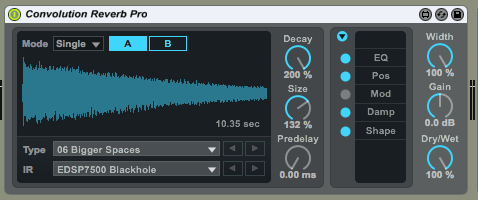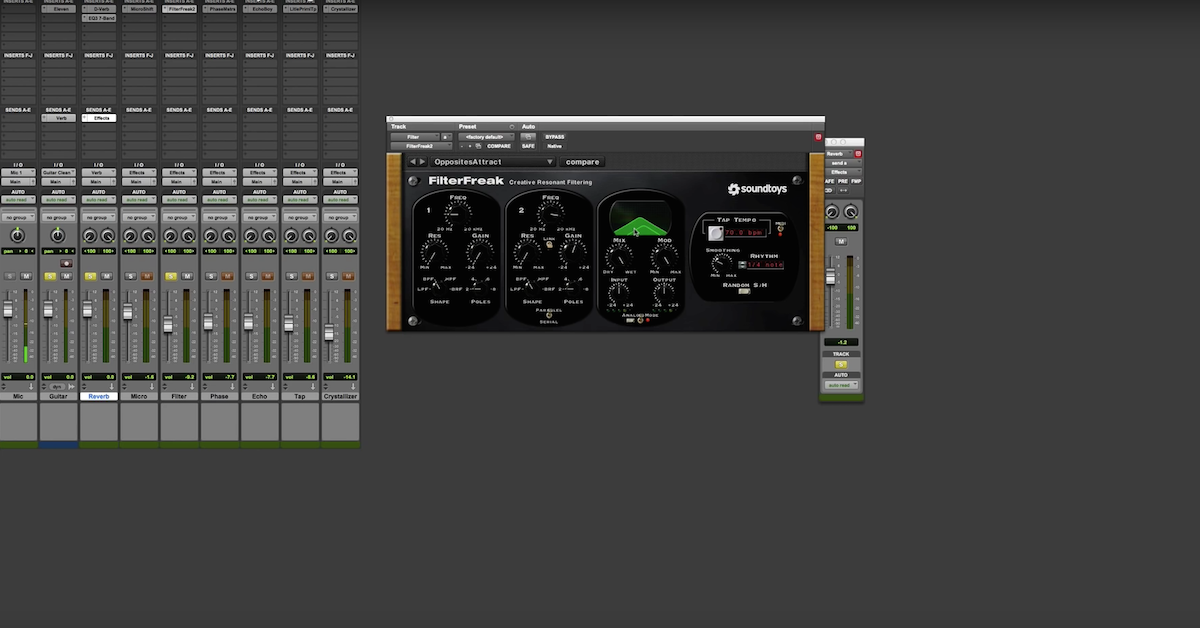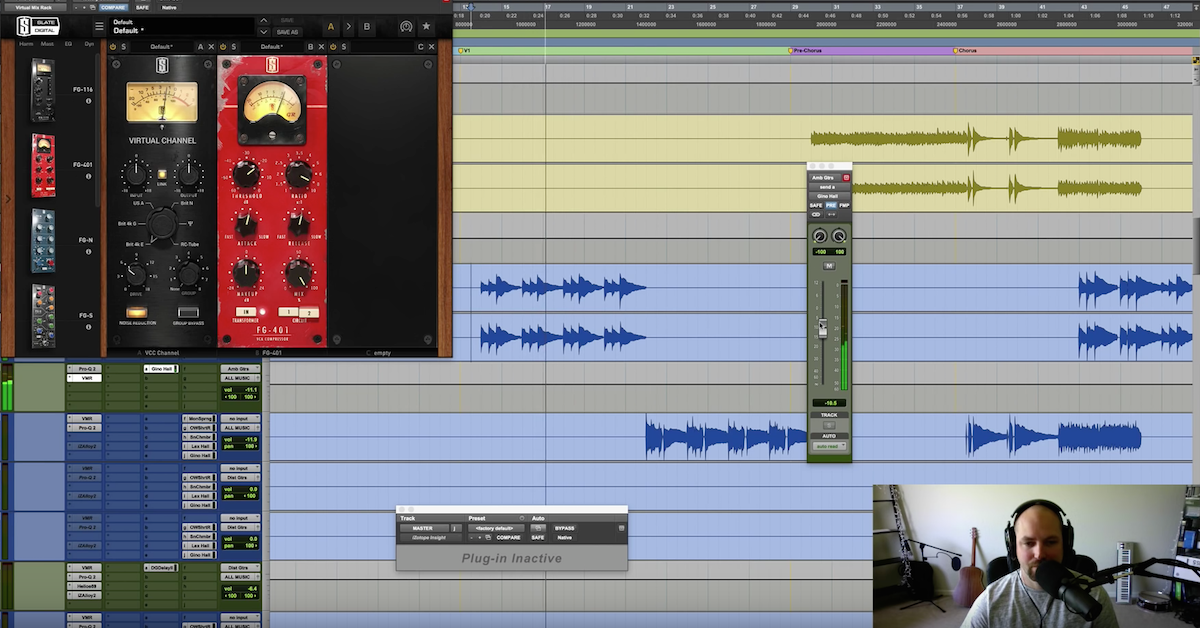How to Create a Pad Using Reverb
Article Content
I write a lot of electronic music. I like to think of myself as a film composer by day, and electronic musician by night. I use different parts of my brain when writing for each, and I find the contrast soothing, in a way. However, most of my electronic music doesn’t sound like a wall of synthesizers and 808 drums.
In fact, my goal most of the time is that a casual listener might not notice that my music is electronic right away. The main way I achieve this is by using organic sounds whenever I can. I’m a guitar player, so a lot of my sound design starts by using the guitar. I’d like to take some time out of your day to show you how to turn a guitar (or any other sound, really) into a interesting pad, good for nearly any style of music.
I’ll walk you through the basic idea first, and then we can get in deep with the details. What we’re going to do is take a relatively short sound, use an unholy amount of reverb, and create a simple but interesting pad. You can try this technique with a synthesized sound, but I find that using a sound that came from something organic usually yields better results.
I’ve started by sampling one note from my guitar. Since we’re going to be smearing the sound a ridiculous amount, I’m not going to worry about proper sampling technique, although you can if you’d like. I’m just going to use this one sample and spread it around the keyboard. I’m using Ableton for this example, but any DAW should have the basic plugins needed for the job. Here’s what the sample sounds like alone:

Now we have our sampled guitar loaded into Ableton’s Sampler, which functions the same as EXS24 in Logic, Structure in Pro Tools, or Kontakt. Sampling one note won’t make a convincing guitar sound if I really wanted a sampled guitar, but I’m just interested in the harmonic content from the sample.
Next, I’m going to add a reverb. I’m using the Max for Live Convolution Reverb here, which comes with some really cool impulses. Any reverb will do, although I’ve had better luck with convolution reverbs. Now, to tweak the reverb to create our pad. Mix: 100%, Decay/Length: at least 10 seconds, if not more. With just the reverb we have this:

Pretty cool. You can play around with the decay time, as well as different impulses or reverbs if you’d like at this point. You should have a neat pad sound at this point, that sounds more organic and natural than something generated by a synthesizer.
From here on, I like to add subtle effects and variations to make the sound more interesting. I’ll also usually cut out a big chunk of the low end to keep that from getting overwhelming, but that might not be necessary for all situations.
Try different samples as well, you will get drastically different results if you use a piano or an oboe. You could also resample, chop off the beginning of the sound, and just have a really nice wash of sound to play with. The possibilities are endless!





